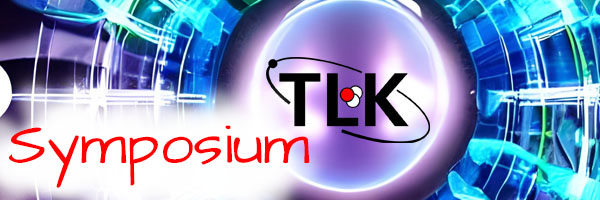Speaker
Description
Near-term fusion reactor concepts are based on the fusion of deuterium-tritium in a magnetic confinement configuration. While deuterium is abundant in nature, tritium is virtually non-existent and it is, at the moment, only a man-made by-product of some specific types of fission reactors. The current global inventory of man-made tritium is very scarce and keeps diminshing in time due to the decaying nature (half-life of around 12 years) of this isotope. Therefore, tritium has to be bred in-situ in a fusion reactor in order to guarantee its fuel self-sufficiency. The tritium breeding is one of the key functions of the Breedign Blanket (BB), which constitutes the core of a D-T fusion reactor. Other key functions of the BB is the production of high grade heat for electricity production and the contribution to shielding of the vacuum vessel and superconducting magnets.
This contribution gives an overview on the key role of the Breeding Blanket in a fusion reactor, its possible architectures, associated Tritium Extraction and Removal (TER) systems technologies and describes the main EU candidate BB concepts being considered for the EU DEMOnstration fusion reactor.

